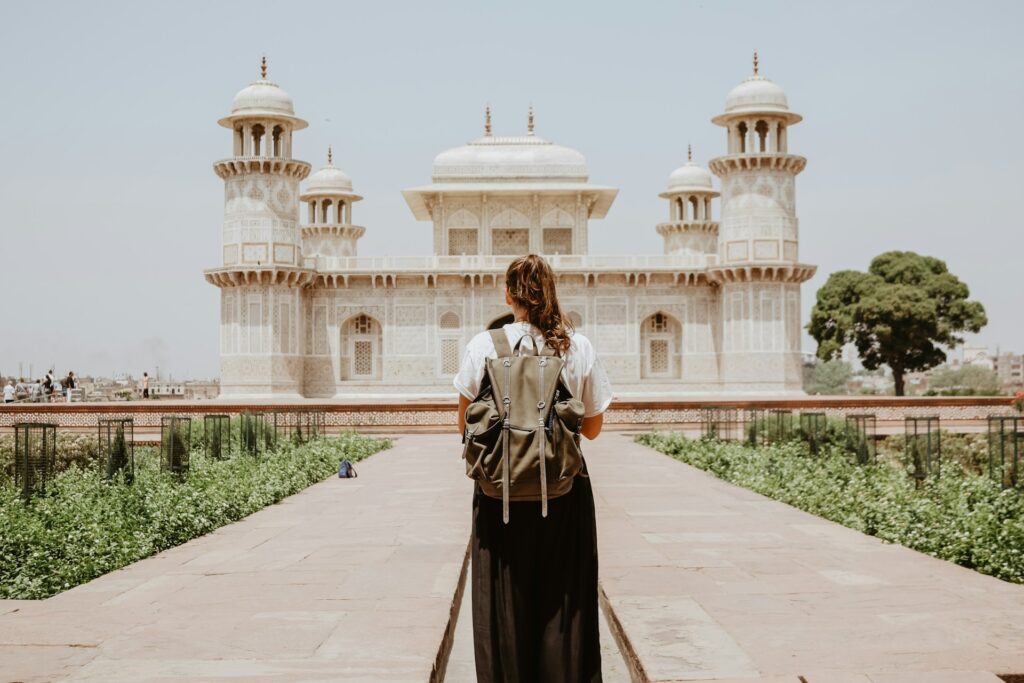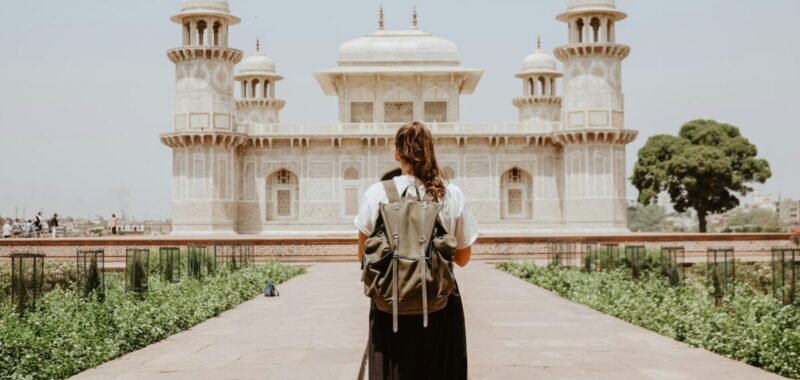
Skift Take
India is getting serious about attracting more tourists â and it’s about more than just free visas. With the government and private sector working together, India is playing the long game.
The Indian government is offering visa-fee waivers for the first 100,000 tourists entering the country under the âChalo Indiaâ program. The operational guidelines will be finalized soon, after which the scheme will officially launch, the ministry has said.
The Indian government had waived visa fees for 500,000 tourists between 2022 and 2023 to support tourism after Covid.
Despite a 44% surge in foreign arrivals in 2023, the country is still not back to pre-pandemic numbers. In response, the Ministry of Tourism has rolled out a series of initiatives.
What Is the Chalo India Campaign?
Indian Prime Minister Narendra Modi in March asked Indian diaspora members to encourage 5 non-Indian friends to travel to India. The tourism ministry launched the Chalo India program to enable Indian diaspora members to become Incredible India Ambassadors. They will also earn rewards for every foreign friend who travels.
Indian diaspora members will need to register on the special website, which goes live in a few weeks, and enter the details of their nominated friends. The website will then assign a unique code after verification. These travelers can then use the special code to get a free visa.
Destinations in Focus
Indiaâs tourism ministry is also coordinating development of key tourism destinations over the next three years in collaboration with ministries like culture, civil aviation, and railways.
âDestinations like Varanasi and Ekta Nagar in Gujarat succeeded because all ministries worked together â transport, tourism, railways, and others,â an official told Skift.
The government plans to create a master list of priority destinations with coordinated investment in roads, airports, railways, and tourism infrastructure.
The government is making the master list public so the private sector can plan projects â like hotels and attractions â around these areas.
âThis approach aims to stop the scattershot use of resources and instead channel both public and private efforts into key destinations, creating a combined force for tourism development,â the official said.
The master list will act as a roadmap, ensuring strategic, high-impact development while leaving room for future expansion.
Empowering Communities to Shape Tourist Experiences
Recognizing the role of local communities in shaping tourist experiences, the government had launched the “Paryatan Mitra” and “Paryatan Didi” initiative in six pilot destinations, including Orchha in Madhya Pradesh and Rajasthanâs Jodhpur on August 15 this year.
On Friday, the initiative was launched across 50 tourist destinations in the country, including Delhi, Agra, Darjeeling, Dimapur and Kochi. Paryatan Mitra loosely translated in English would mean tourist friendly while didi means sister, highlighting the focus on women in tourism.
The objective is to ensure that tourists encounter friendly locals who act as both storytellers and ambassadors for their destination, the official said.
âThis is achieved through comprehensive training, awareness, and capacity building for everyone who might interact with tourists â from cab drivers to tour guides, homestay owners, and hotel staff. The aim is to create a sense of responsibility among all participants, emphasizing their role as good hosts.â
This program trains locals â from cab drivers to shopkeepers â on the importance of hospitality, cleanliness, and sustainability.
“Through Paryatan Mitra, weâre not only promoting tourism but also creating employment opportunities, especially for women and youth,” the official told Skift. So far, around 3,000 people have been trained.
As the program progresses, partnerships with established tourism providers, such as homestay operators and online travel agencies, will further expand these efforts.
Feedback Mechanism and Digital Overhaul
The ministry is also implementing real-time feedback mechanism at airports and railway stations across India. Tourists can now rate their experiences by scanning a QR code, allowing the ministry to receive instant feedback.
“This initiative puts tourists at the center of our tourism policy, ensuring that weâre always listening and improving,” the official said.
To cater to the growing digital demand, the ministry has also revamped the Incredible India portal and launched the Incredible India Content Hub. With over 5,000 content assets, this one-stop digital platform aims to make it easier for the global travel trade to promote India. The site offers a range of services, from travel itineraries, booking facility for flights, hotels, cabs, buses and monuments, to AI-powered chatbots that assist tourists in real time.

